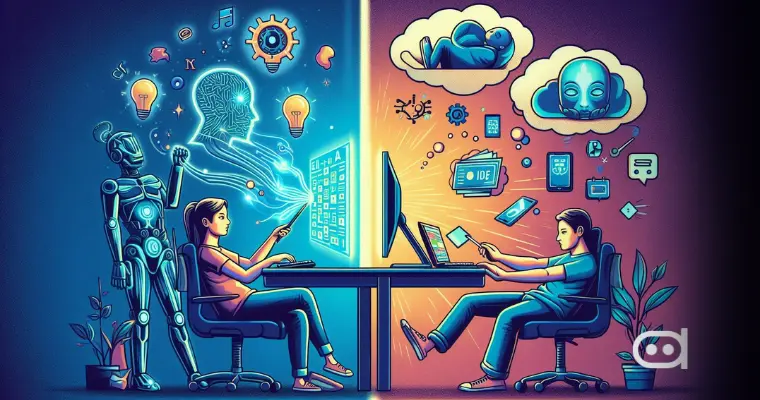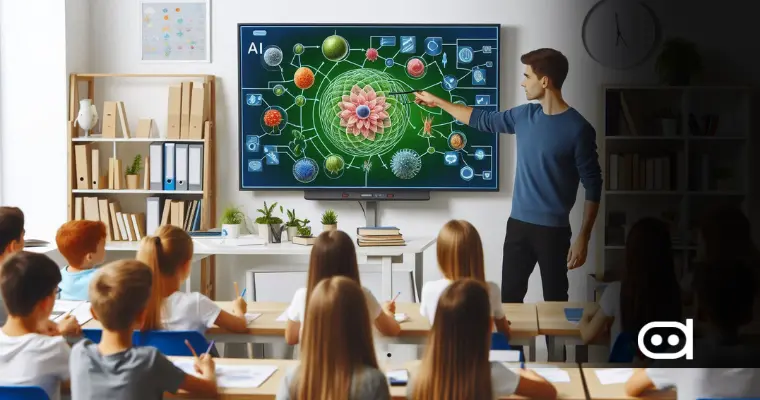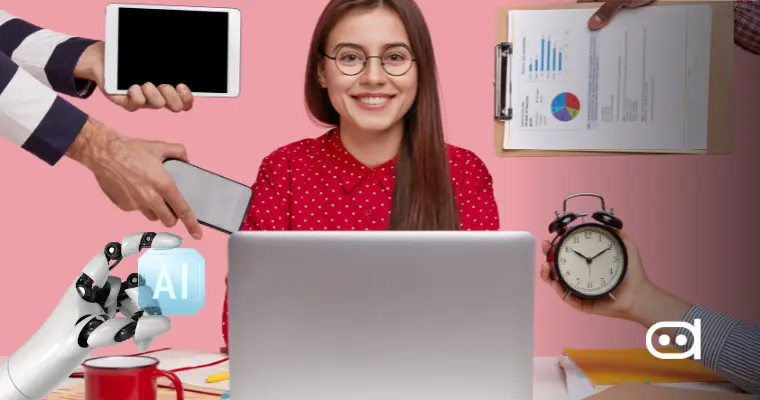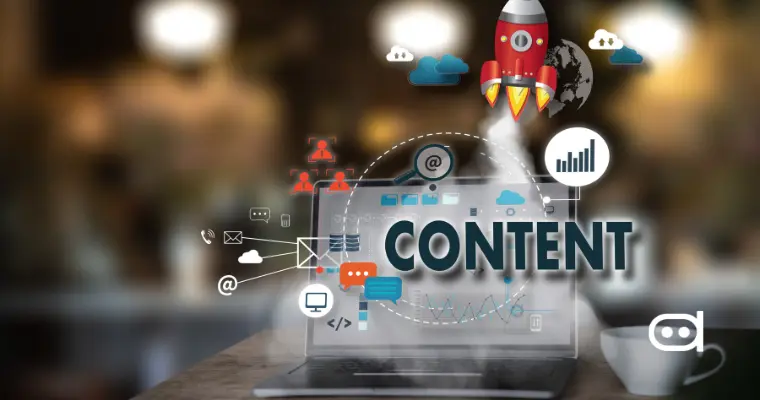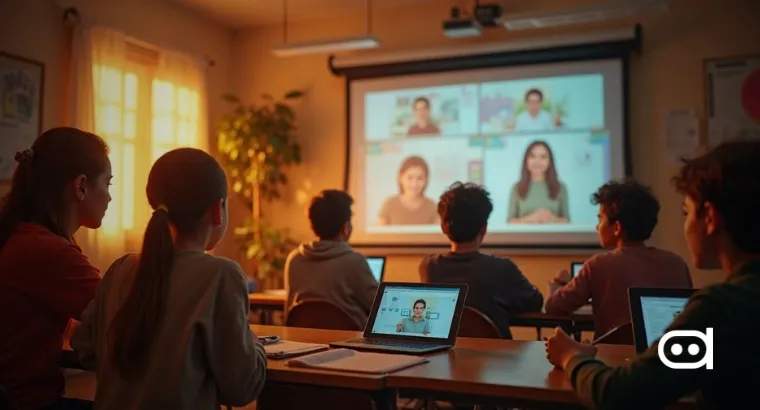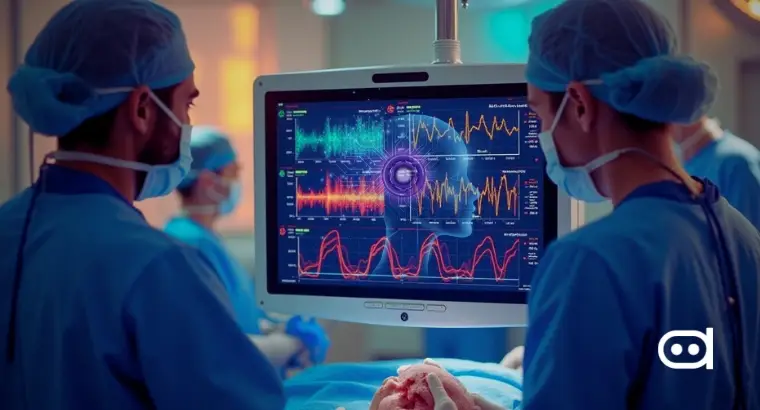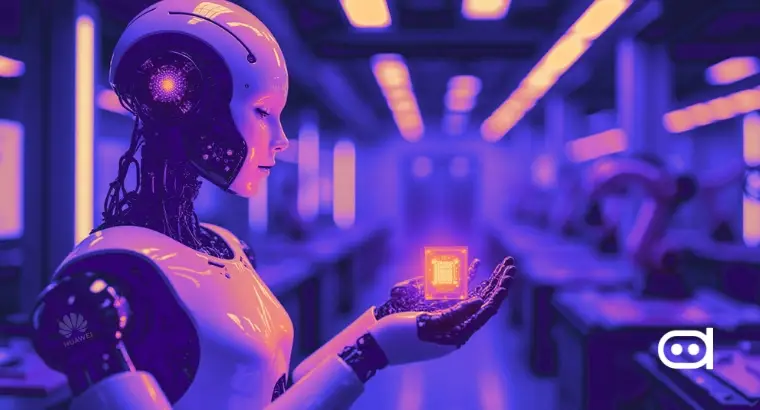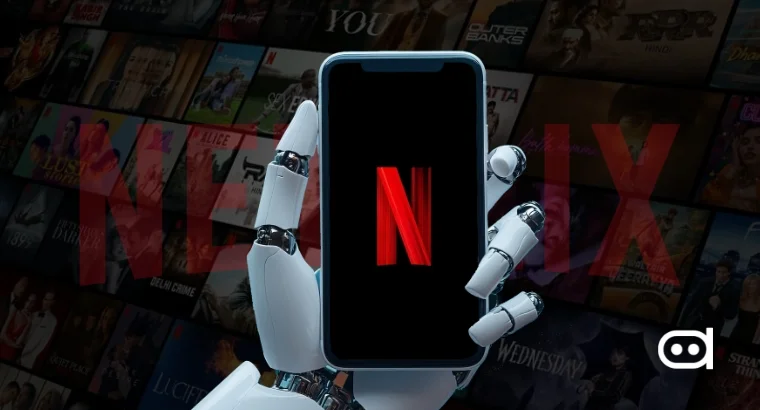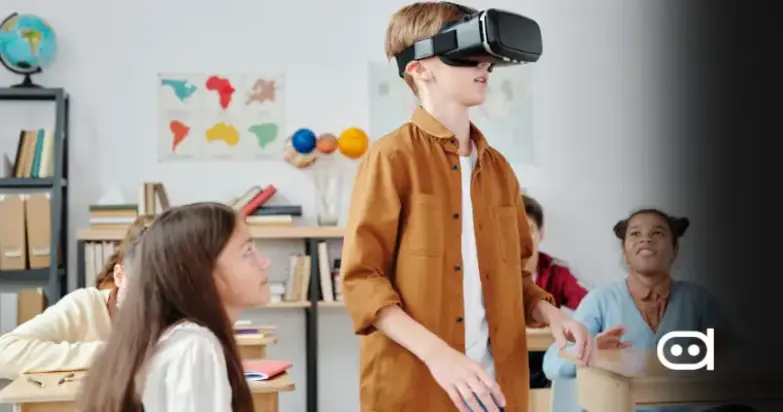
Technology has a massive influence on education and improves the experience of learning. AI in smart classrooms, for example, offers AI personalized instruction based on an analysis of student performance, and tailored teaching methods to meet individual needs. They make differentiated learning possible, minimize administrative workload, and provide immediate feedback, which keeps teachers up with student interaction.
Simultaneously, education through VR redefines conventional approaches by providing immersive experiences that enhance comprehension. From virtual tours of historical events to scientifically accurate simulations, students can experience complicated concepts more interactively. Such an interactive method not only helps better retention but also improves skills like analysis and combining concepts for solving problems. Smart devices in education and Virtual reality in education work in tandem to enhance the education system and stimulate student participation in future changes.
How Smart Devices are Transforming Education
Enhancing Classroom Interactivity
Interaction is not limited to pens but also includes smart devices such as tablets, smartboards, and interactivity projectors. With Gemini in Google Vids, teachers can create interactive videos in minutes rather than hours when the new AI-powered learning tools arrive. Likewise, Chromebook Plus capabilities like Help Me Write and Help Me Read boost student engagement with course materials. NotebookLM converts course materials into dynamic audio chatting shows led by AI hosts, helping to keep students engaged while they work their way through a set piece of course material.
Personalized Learning with Smart Devices
On smart devices, AI-based educational apps adapt to users’ learning styles and provide personalized learning experiences. Platforms such as Duolingo use AI tutors that flex according to the proficiency level, gaining in playwriting and conversational skills. Tools like NotebookLM catered to students by providing customized learning that tailored summaries, study guides, and quizzes based on your course material uploaded to the platform. Virtual reality for students and smart classroom technology are reshaping education by establishing immersive environments where AI tools personalize content delivery to match the pace and engage the interests of each student.
Smart Devices for Accessibility and Inclusivity
AI in education sector has achieved serious accessibility advancement. Google’s Live Translate tool allows translated captions on media streams across 100+ languages and breaks down barriers between languages. AI Solutions for Accessibility, like AI-based speech-to-text and text-to-speech technologies, enable all students, especially those with disabilities, to engage in learning activities. These technologies provide accommodations such as closed captions and simplified language that make education more accessible to all. Chromebook’s Help Me Read Compiles summaries of complex texts and generates comprehension questions to support struggling students.
Virtual Reality (VR): The Future of Immersive Learning
Immersive Learning Experiences
Immersive experiences use VR and AR to put students in interactive learning environments. They allow learners to explore complex topics through real-world simulations, making lessons more relatable and effective. By creating presence, immersive learning helps students understand and retain more, and engage more. This new way of learning flips traditional learning on its head, brings abstract concepts to life and caters to different learning styles, so overall educational outcomes improve.
AI-Driven VR for Personalized Education
AI-powered VR personalized education by adapting the learning experience to the individual student. These intelligent systems analyse performance data and adjust the content, pace and instruction to suit. By providing feedback and interactive scenarios, AI-powered VR helps students understand complex topics more, and engage more. This combination of AI and VR creates custom learning paths that cater to different learning styles, so every student gets the support they need to succeed in a changing education landscape.
Hands-on Training with VR
Hands-on training with VR lets medical and engineering students practice simulations that mirror real-world scenarios. By using VR simulations, students can practice complex procedures like surgery or engineering problem solving in a risk-free environment. With AI-assisted real-time feedback, these VR training experiences help students refine their skills, make better decisions and build confidence. This new way of training prepares students better and more, and bridges the gap between theory and practice in their field.
How AI Tools for Teachers Enhance Smart Devices and VR
Using VR in the classroom with AI tools and technologies allows for engaging interactive experiences that improve engagement and learning outcomes. AI enables smart devices and VR to provide personalized lessons and real-time feedback, empowering students to learn in an engaging way.
AI-Powered Content Creation and Lesson Planning
AI Tools for Teachers offers a range of AI-assisted content curation for smart devices for teachers, providing students with interactive materials in real-time according to their needs. This ensures easier lesson planning and greater efficiency in the classroom. Combining their lessons with VR technology in education makes these lessons even richer, allowing students to immerse themselves in interactive learning experiences that enhance understanding and retention.
Real-time Data and Performance Tracking
On smart tablets and VR platforms, AI analytics tools smoothly track students’ progress, delivering actionable insights to educators. Such tools not only help to track engagement and performance in virtual reality in the classroom but also ensure that no student falls behind but also that the learning process is optimized.
AI-Assisted Tutoring in Smart and Virtual Classrooms
AI-based tutoring systems improve smart devices and Virtual Reality environments by providing personalized support for students. These resources are tailored to personal learning speeds that deliver personalized instruction and feedback instantly. Coupled with immersive VR experiences, they develop a classroom that is both active and reactive, encouraging independent learning and skill development.
Future Trends: AI, Smart Devices, and VR in Education
AI driven AR/VR experiences are changing the smart learning landscape by providing personalized tools that adapt to individual learning styles. AI can analyse student performance and engagement and provide tailored learning experiences that improve understanding and retention. By simulating interactive scenarios students can explore complex topics in a more fun way.
Virtual campuses will open up education to many more learners, with flexible hybrid learning formats that include avatars, multimedia and integrated experiences. AI will be the catalyst for creativity and problem solving and student needs. So education will be more inclusive and adaptable and learners will thrive in a changing world.
VR and AI devices are changing education by making learning more engaging and personal. Devices give instant access to information and resources, VR puts students in interactive environments to help them understand and retain complex concepts. AI tools for teachers are key to next gen classrooms by automating admin tasks, analysing student performance data and providing tailored instruction. These tools give real time feedback and adaptive learning pathways so every student gets support suited to them. As AI gets better it will help teachers create more inclusive and dynamic learning environments to engage students and drive academic success in a digital world.
